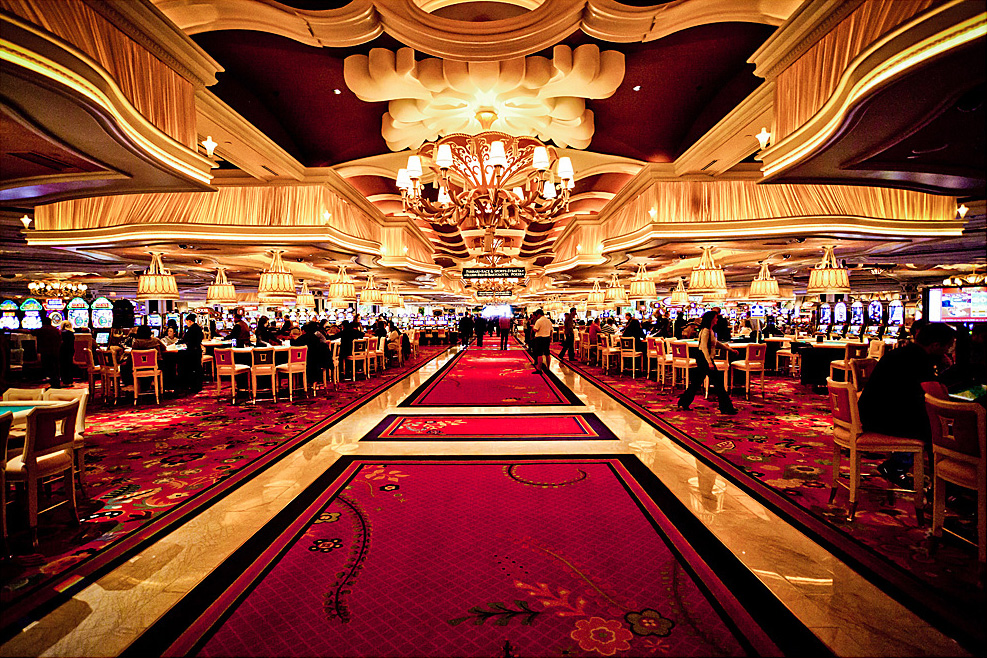
Gambling games have long captivated human interest, drawing participants into a realm filled with chance, strategy, and the allure of excitement. Each game is painstakingly crafted not just for fun, but also to evoke targeted emotional responses that keep players engaged and invested. Understanding the reasons behind these designs reveals much about how psychology plays a crucial role in the gaming experience.
From the dazzling lights and vibrant sounds to the sophisticated layering of guidelines and rewards, casino games are designed to create an atmosphere of excitement and expectation. Game designers leverage mental cues to influence gambler behavior, whether through the use of jackpots, almost wins, or social connections. By examining these factors, we can better appreciate how casino games fulfill not just a need for entertainment, but more profound psychological needs for adventure and uncertainty.
Grasping Gamer Behavior
Casino games are crafted with a thorough grasp of player psyche, which is vital for luring and keeping players. The excitement of the game, alongside the hope of winning, creates a strong draw. https://five88ord.com Game designers employ elements like audio cues, dynamic graphics, and engaging gameplay to capture attention and elicit emotional responses. These sensory effects enhance the total environment, making players feel more involved in the game.
Another notable aspect of player behavior is the notion of risk versus reward. Casino games often weigh high-risk scenarios with the potential for significant rewards, which can cause the event known as near-miss effect. When players come near to winning, the brain releases dopamine, strengthening their behavior and motivating them to persist playing in search of that fleeting win. This cycle of anticipation and letdown plays a critical role in how games are designed and marketed.
Lastly, social elements also play a pivotal role in player behavior at casinos. Many games are crafted to be played in groups or in company with other players, fostering a sense of belonging and shared experience. The social interaction inherent in games like baccarat enhances enjoyment and can result in prolonged gaming periods. Designers take advantage on this by creating environments that invite players to linger, connect, and revisit, making the overall casino experience more attractive.
The Role of Visuals and Sound
Imagery and audio play a crucial role in elevating the gambler’s experience within casino games. Designers utilize bold colors, eye-catching graphics, and engaging animations to capture gambler’s attention and hold their focus. The use of motifs, such as adventure or luxury, helps create an engaging atmosphere that transports players into a different world. By connecting to the senses, these elements contribute to a heightened emotional response, encouraging players to interact more deeply with the games.
Audio design is just as important in enhancing the experience of gambling games. The combination of background music, sound effects for winning combinations, and ambient noises creates an auditory landscape that holds players fascinated. Sounds associated with victories, such as ringing bells or festive music, evoke feelings of thrill and satisfaction, prompting players to continue playing. These audio cues are carefully placed to amplify the thrill of the game and create a more immersive experience.
Additionally, the synchronization of imagery and sound is essential for reinforcing the game’s overall concept and mood. Each element should align seamlessly to create a cohesive experience that draws players in. The effective use of this integration not only enhances user enjoyment but also increases the chances of return play, as players become more engaged in the immersive world that the gambling games offer. This thoughtful combination of visuals and sound ultimately enhances player engagement and commitment.
Reward Structures and Engagement
The development of gambling experiences greatly relies on incentive structures to keep players engaged and coming back for additional experiences. These structures are based in behavioral theories that take advantage of human behavior and desire. Participants are often motivated by the thrill of success, which is reinforced by instant feedback through the game’s mechanics. This prompt satisfaction not just improves the gaming experience but also fosters a feeling of achievement, encouraging participants to continue participating in hopes of bigger gains.
Casinos adopt various incentive systems, such as large payouts, extra rewards, and multipliers, to captivate participants. These features create a layer of thrill that maintains engagement. Additionally, the randomness of outcomes plays a crucial role in sustaining attention. The variable reward system, where successes are unpredictable but happen often enough, maintains participants on edge and driven to continue participating. This loop of anticipation and expectation is foundational to the effectiveness of gambling experiences.
Moreover, social elements, such as competitive events and collaborative options, enhance the participation factor by leveraging the competitive nature of players. The shared experience of gaming with others can amplify the thrill of success and create a community atmosphere within the gaming space. By integrating these social dynamics with efficient incentive structures, casino games not only provide fun but also foster a deeper connection among participants, reinforcing their loyalty to the overall experience.
